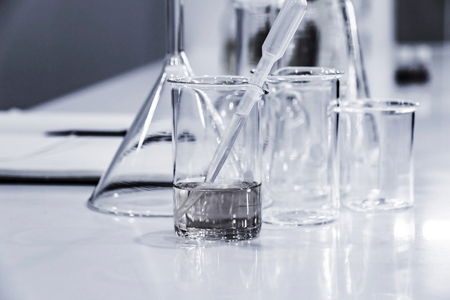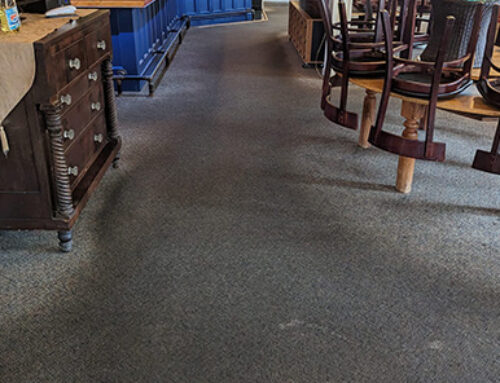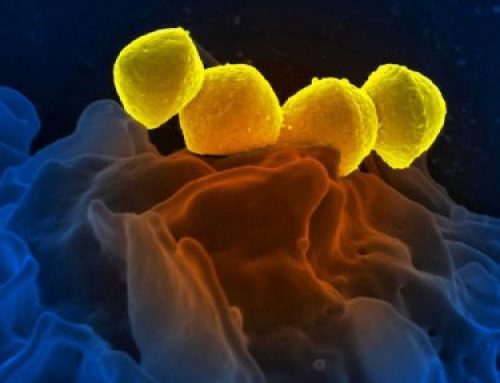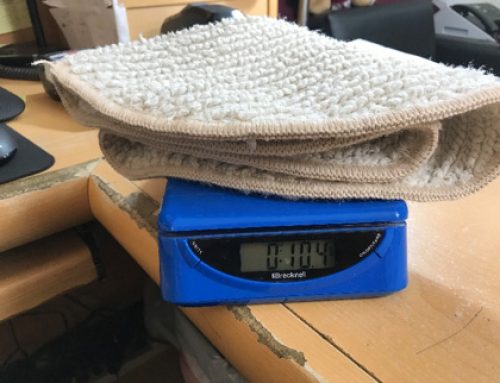Basically, colloidal chemistry is the science which converts elements into particles, so minute, that living plant cells can utilize them as an energy source, living cells emit electro-magnetic waves and the more waves the healthier the cell. These waves, the result of the phenomenon of electro-magnetic emission, are referred to as biophotons, making nanoMAXX safe for plants, so it can be used in pressure washing and outdoor cleaning activities such as homes, glass and even many car wheels.
The heart of this new chemistry is the technology used to create a “colloidal micelle.” This micelle is about the size of 10-20 hydrogen atoms, or one nanometer. Sub-microscopic particles are created in a microscopic field similar to a magnetic field. This chemistry has made possible the development and emergence of a variety of organic products, and is one of the 21st Century’s most promising advances in environmental and cleaning sciences.
In the realm below 50 nanometers, the normal laws of physics no longer apply and we enter the world of quantum physics, where materials take on surprising new properties. Colors and physical appearance may change and some solid objects can even become invisible.
In the case of nanoMAXX, micelles are created as a result of a process in which natural ingredients, including corn & palm oil, fatty acids, organic alcohol and amino acids, all extracts of natural plants which qualify as FDA approved food stocks and food additives, are blended at specific time intervals, temperatures and sequences, which causes them to become transformed into new particles, which are described as “colloidal micelles.”
The major departure from traditional and conventional chemistry can be observed in the molecular reaction between the poles, for no longer does the normal attraction exist between positive and negative. Rather, it is between like poles. In other words, negative attracts negative and positive attracts positive. The micelle has a hydrophilic (water seeking) pole and a hydrophobic (water repelling) pole. The hydrophobic poles attract each other, thus forming the interior of the micelle. The hydrophilic poles form a tough outer surface. When a micelle comes in contact with a hydrocarbon molecule, the center of the micelle bonds to a similar hydrophobic hydrocarbon. The result is a disruption in the attraction to the other hydrocarbon molecules and/or to the surface.
This action of a single micelle is multiplied by billions of other micelles, resulting in a process by which the molecules emulsify, which allows them to penetrate highly viscous and sticky materials, lifting them from the surface to which they are adhered. These nano-sized emulsions offer inherent advantages over conventional chemicals in reduced application rate, more rapid and reliable activation and extended long-term affect. nanoMAXX will change the way you think about green cleaning. It is safe its is powerful and it saves time.






